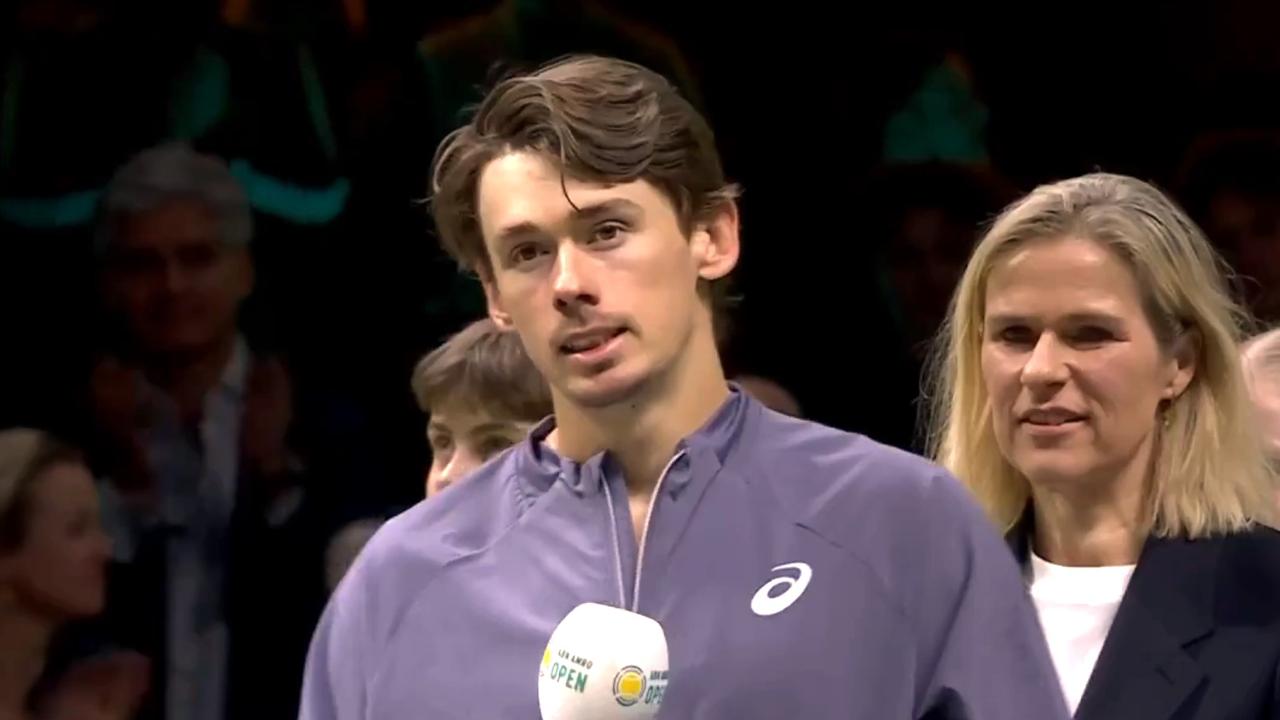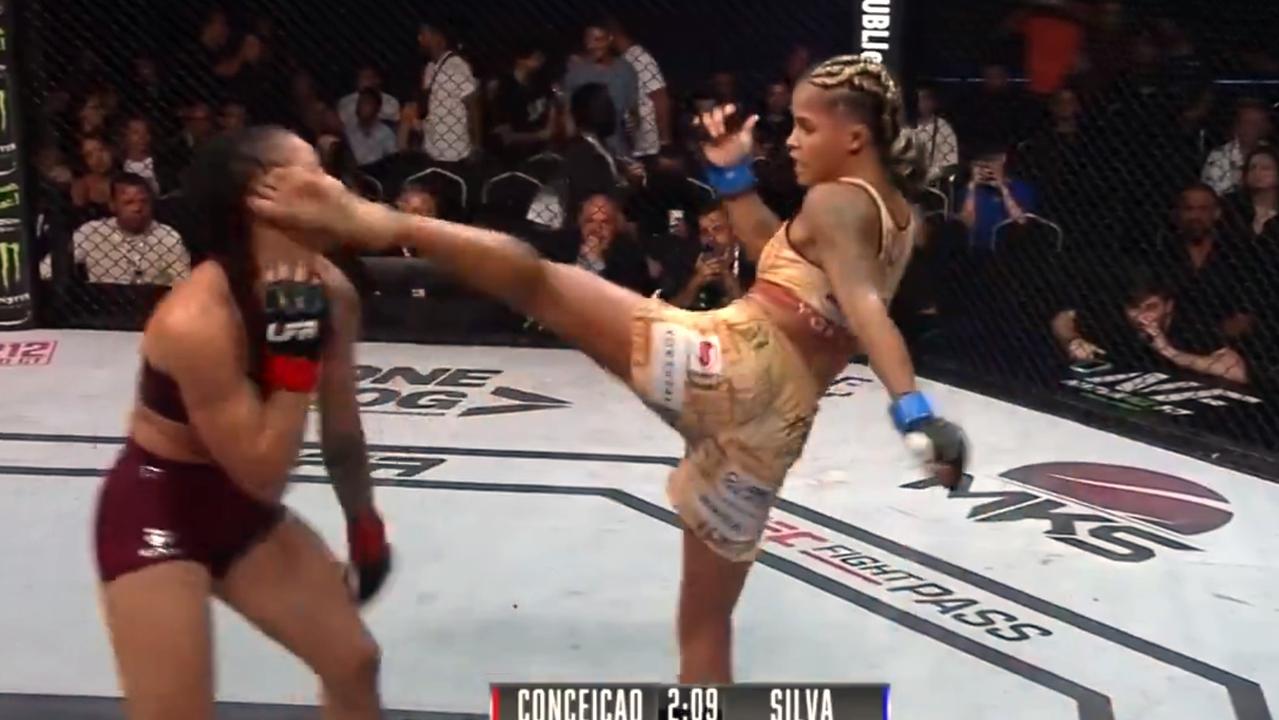50 most marketable Australian athletes: Why our biggest NRL and AFL stars struggle
Sportswomen are roaring up the ranks of Australia’s most marketable athletes with many bringing something to the table that their male peers just cannot match.
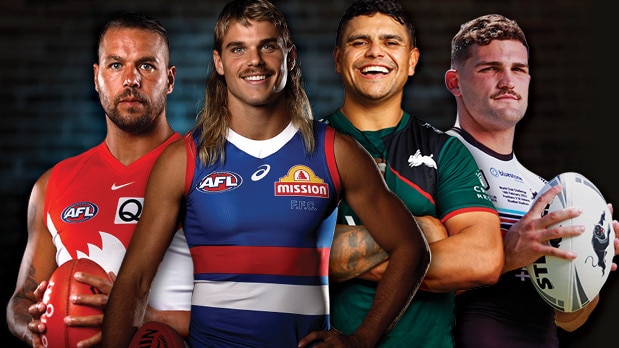
Sport
Don't miss out on the headlines from Sport. Followed categories will be added to My News.
They may grace the back pages of our newspapers and lead the nightly sports bulletins on television, but NRL and AFL stars are a long way down the marketability pecking order when it comes to Australian athletes.
Advertisers, even locally owned, are now seeking global reach with their brands and are gravitating towards sportspeople who are visible to a world audience, leading experts have revealed.
Code Sport’s 50 Most Marketable Australian Athletes has just two AFL players in the top 20 – Bailey Smith at No.19 and Lance Franklin at No.20 – while the highest ranked NRL player is Dally M Medalist Nicho Hynes at No.21.
The top 10 is filled with cricketers, basketballers and tennis stars, as well as women’s football superstar Sam Kerr.
Monash University sports expert Dr Thomas Heenan said: “As is evident by the sports persons mentioned, each plays a global sport and therefore has a global profile or reach that attracts major sponsors.
“There is now a recognition among sponsors that markets have diversified and globalised. The local football codes have a limited reach and Australia is not the white, Anglo society of the 1950s and 1960s, but much more ethnically and gender diverse.
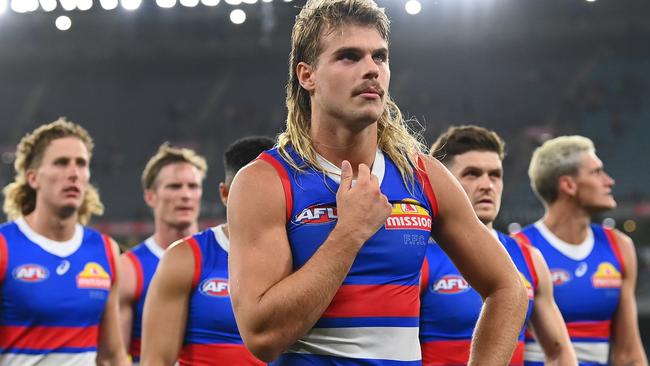
“Marketers and sponsors have to be aware of these changes. Hence the importance of a figure like Kerr. She is a global sporting figure and attracts support from LGBTIQ+ communities. Sponsors are increasingly aware of how athletes can situate their brands in a diversified marketplace.”
Leading sports marketing guru Tristan Hay, who has worked with the NBA, Fox Sports, the NRL and has been an adviser for Nick Kyrgios, says opportunities for footballers are limited, but growing.
“The size of our domestic market makes it difficult for NRL and AFL players to compete with athletes who have a global audience,” Hay said.
“That said, there has been a clear shift in the attitude of our footballers as to how they are perceived by their fans. Men’s and women's AFL and NRL players are now gracing the cover of GQ magazine and investing in their own clothing brands and tech start-ups. This would have been unthinkable a decade ago.”
Both Hay and Dr Heenan predict that women will continue to soar into the marketability ranks.
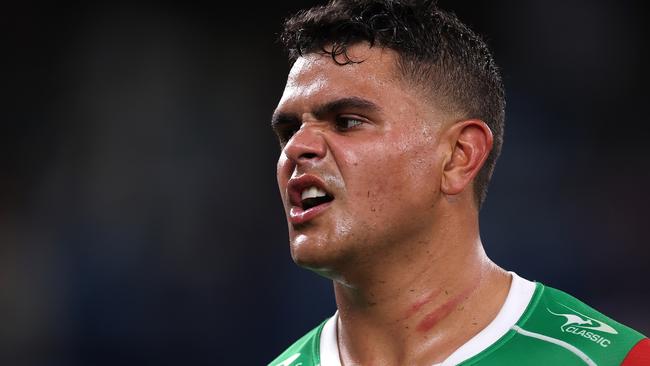
“This list reflects data captured up until March of this year, we’ve got the women’s World Cup coming up, the Olympics next year, the rise of women’s professional leagues such as AFLW and NRLW, and there will certainly be a shift of more women on list,” Hay said.
“And not just making the list, but ranking higher. I’d say that by this time next year, 2024, it maybe close to 50-50, men and women.”
Dr Heenan predicts that the traditional marketing of female athletes as sex symbols will also dissipate.
“Don't be surprised if Australia’s most marketable athletes are women,” Dr Heenan said. “The question remains if they will be celebrated for their sporting excellence or be presented in a sexualised fashion to pander to the male market.
“My hunch is that community and corporate standards will necessitate that sponsors and marketers will celebrate rather than sexualise women‘s sport.
“I expect that marketing will move with changes in the Australian population mix. Sponsors will seek out athletes that reflect a diversifying Australia. The focus on Peter Bol at the Olympic and Commonwealth Games comes to mind. So too does the performance of the Socceroos at the World Cup, a team that better reflects Australian society than the men's cricket team.
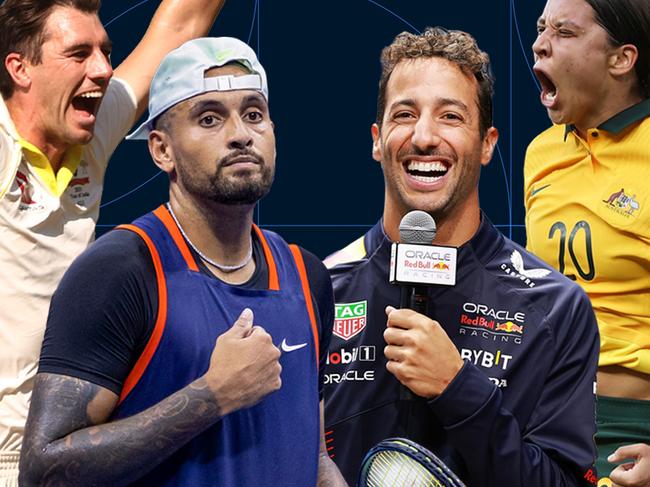
“Sponsors will seek diversity in their selection of athletes to market their products. Hence in the localised football codes expect greater Indigenous and Pacific Islander representation.”
Dr Heenan, a lecturer in Sport and Australian Studies in the Monash Intercultural
Lab, Faculty of Arts, said the absence of David Warner in the top 20 and Steve Smith in the top five showed the lingering distrust from the cheating controversy in South Africa in 2018.
“The non-negotiables were on display during Sandpaper-gate,” Dr Heenan said.
“The withdrawal of the Magellan Financial Group showed that sponsors require players to abide by the rules and not bring the game into disrepute.
“There have been the withdrawals of sponsorships from AFL clubs because of players‘ off-field behaviour, and you can see this continuing.
“Good corporate citizens or entities cannot afford to be associated with franchises, clubs or individuals who may damage their brands in the marketplace. “Hence the absence of Warner and Smith - though he is being rehabilitated - after Sandpaper-gate.
“Having said this, there are some sports where poor behaviour can be transformed into marketing gold. With each battered racquet the Kyrgios brand seems to grow.
“In a sport in which bad behaviour is part of the theatre, Kyrgios is just one of a cast of marketable, vaudeville-like villains. Nike did sponsor John McEnroe by suggesting he ‘swears’ by the brand.
“He and the likes of Kyrgios fit with how Nike has marketed itself as the rebel brand to Adidas and Puma. The non-negotiable in Nike‘s case are sports people that fit with the brand’s rebel streak, which was again apparent with their sponsorship of [former NFL quarterback Colin] Kaepernick.
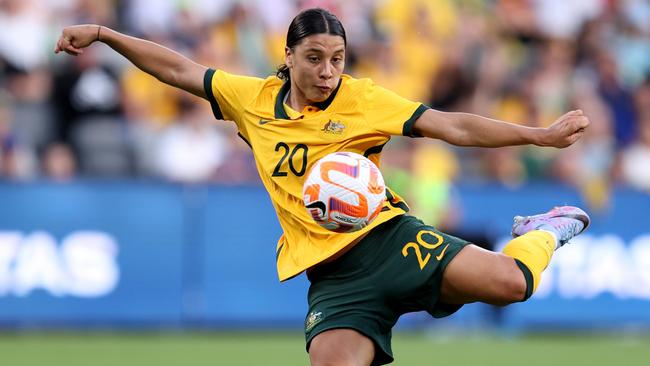
“This raises another point. Certain sports and sports people fit certain brands. In a niche sport like surfing, which has its particular line of brands, the Gilmores, Fitzgibbons, Wrights and the now established Jack Robinson will remain marketable in the short-term, especially with the WSL gaining a global media foothold.
“But they do not have the global reach of a Cummins or a Kyrgios who perform in larger global markets. Nor does the surfers‘ appeal transcend the beach and tap into diversified Australian communities.
“Nonetheless, they embody the clean image of Australian beach culture which is important in a country that hugs the shoreline and stereotypically loves a beach.”
Kerr is the only footballer, male or female, in the Top 50, despite the Socceroos‘ performance at the World Cup.
“Sam Kerr is an absolute superstar, she has already featured on the cover of FIFA video game and Nike’s global brand campaign,” Hay said.
“Her play is spectacular and she backs it up by performing at the highest level for both club and country. Brands love flair but they also love winning.
“Sam Kerr does both. Her profile will only grow with the FIFA Women’s World Cup on home soil this year so I wouldn’t be surprised to see her top this list in 2024.
“For the men’s team, I think we will start to see a few names enter the Top 50 in coming years. The Socceroos brand is stronger than ever but there aren’t any players consistently performing in the world’s top leagues.
“Harry Souttar’s recent transfer to Leicester is a step in the right direction and with consistent performances we may see Harry and other Socceroos improve their earning potential over the next 12 months.”
Hay said the a new type of athlete will emerge over coming years; the entrepreneurs.
“That’s the new trend, that’s [Naomi] Osaka, Lebron [James], KD (Kevin Durant), they’re using their profile in sport to influence other sectors they’re interested in,” Hay said.
“That’s what we’re starting to see now, a lot of cricketers, Christian Petracca’s got his own online cooking show [on TikTok], Cam Murray is a partner in Athletic Ventures, so too is Mitchell Starc, that is a start-up fund run by former GWS [Giants] player Matt de Boer.
“They’ve got a small stake in Guzman y Gomez, [digital healthcare company] eucalyptus, it’s exciting stuff.
“They’re not just athletes who want to sign a check, they want skin in the game, that’s a trend that in the next three to four years will be a big shift, the athlete will say, rather than take $100,000, they’ll take $50,000 and want a stake, have a vested interest in the company and ride it.
“If you align yourself with the right brand, you go on the journey.”
More Coverage
Originally published as 50 most marketable Australian athletes: Why our biggest NRL and AFL stars struggle




